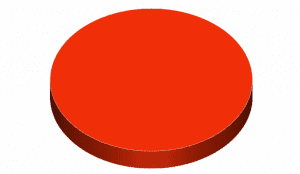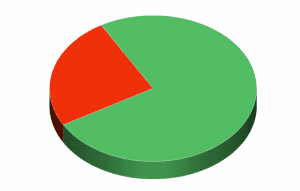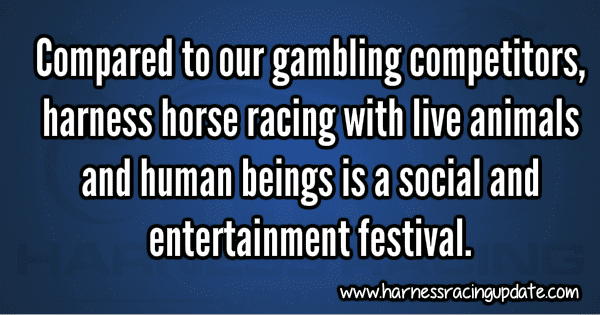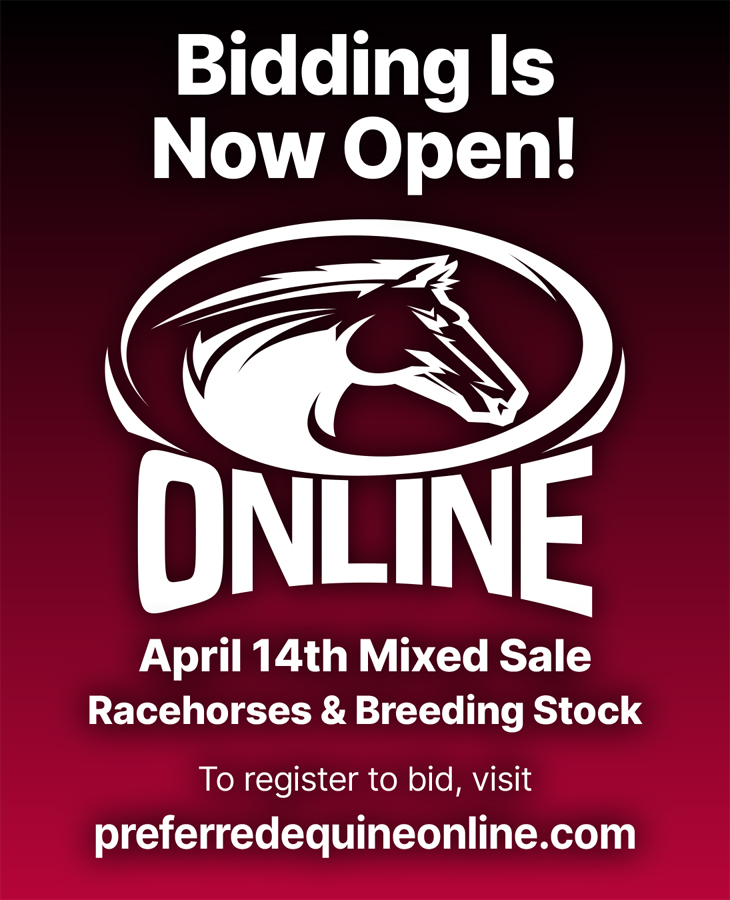Chart our course
by Trey Nosrac
My last Lyft passenger was a young business type with a briefcase. He sported one of those fade haircuts, the kind with the sides shaved but the top is gelled and combed like Don Drapper from Mad Men.
The route app shows that Mad Man is heading to the Convention Center. He is a chatty sort and seems a bit nervous. First, he talks sports and then he shifts to business. He reveals that he is giving a presentation with charts and graphs that he hopes will convince his audience to purchase robot lawnmowers controlled by phones or iPads.
“Why charts and graphs?”
“People love charts and graphs and graphics. You can talk to customers all day and write a book about your product, but they don’t get it. SHOW them and you can get them.”
“Show what?”
“If I tell people that they will save money purchasing one of my robotic lawnmowers, they may or may not believe me. When I show them an eye-popping graphic that displays in clear dollars and cents that over a period of time a robot saves them money over a traditional lawnmower, my point is much easier to make. But I still have a big challenge.”
“What challenge? (Commercial car service drivers are a bit like good bartenders or psychologists; we encourage conversation and are therapeutic listeners.)
“From the other robotic lawnmower companies. It is one thing to prove that I have a great product; it’s another thing to prove that I have the best version of this new product. So my big finish is ta da… another series of charts that show how MY lawnmower is better than THEIR lawnmower.”
When we arrived at the Convention Center, Mad Man dropped a fiver into the tip basket and hopped out for his presentation. Watching him stride up the steps with a large briefcase filled with Robotic Lawnmower graphics, my mind turns, as it often does, to harness racing. And as often happens, a brilliant plan to promote harness horse racing emerges from deep within the recesses of my scattered brain.
Charts and graphics are everywhere – billboards, social media, magazines, blogs, newspapers, cell phones. Everything is show, show, show… pretty soon humans will not need words.
So, this latest idea for harness racing is twofold.
First, we challenge our gambling competition for disposable income to a year-long battle. We issue Trump-like proclamations, “Nobody is better for gambling dollar than us. Nobody, believe us.” The challenges will be loud and clear and have a suspect relationship with the truth.
Second, after we issue challenges to our competitors, we chronicle a challenge match where opposing wagering entities will compete. For harness racing we recruit an excellent harness horse handicapper; Bob (Pandy) Pandolfo. We ask the competition for disposable gambling dollars to do battle with Pandy.
We ask casino operators to recruit their best slot machinist player. Casino operators will begin screening candidates (which could include anyone with a token, plastic bucket and a pulse). They decide that their representative will be Reggie (Reels) Luzinski.
We ask state lottery commissions to recruit their best lottery scratcher. The lottery people dive into their pool of players who have demonstrated a serious inability to do basic mathematic calculations. They opt for William (Waxy) Wilson.
In a well-publicized ceremony, each of the three competitors receives a thousand dollars, their gambling bankroll. The games begin. Each will carefully document all their moves to attempt to grow the bankroll using their special gambling talent.
Weekly we will update the progress for the various betting factions on all available platforms with charts, graphs, tweets, email, etc. At the end of a year of trying to grow their nest eggs, all remaining funds go to charity.
Let us fast forward to the end of the year where we have constantly publicized the growth of our various wagering nest eggs. Displayed in charts and graphs will be the final tote board results.
We can place these results into four pie charts.
Red will be the “Money Lost” (which means STOP)
Green will be the “Money Remaining” (which means GO)
Red in the pie charts below shows what money our lottery player (Waxy Wilson) and slot machinist (Reels Luzinski) will be missing at the end of one year of scratching and sitting on stools.

RED in the pie chart below shows what money Pandy Pandolfo, the horseplayer, is missing. Green shows the money Pandy has remaining. As you see, the horseplayer has some green. If Pandy has a good handicapping year, our chart will be all green and he will need another pie.

Granted, our horseracing chart will not make gambling on harness horses a brilliant financial investment. That is not the point.
The point is that these figures will show the relative value of wagering opportunities. They also show that slot machine and lottery players have some thinking to do. But then again, non-thinking about their use of disposable income designated for gambling is what made their pie chart so red.
The raw data of these charts does not even take into account the entertainment values. Lottery players and slot machine spinners go into a semi coma as they play. Compared to our gambling competitors, harness horse racing with live animals and human beings is a social and entertainment festival.
Careful analysis of charts should make it clear to intelligent people that horseracing is the best bet.

















